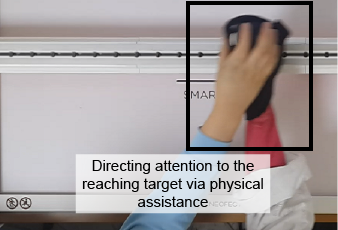Rehabilitation Games in Real-World Clinical Settings

Led by: Hee-Tae Jung, Taiwoo Park, Narges Mahyar, Sungji Park, Taekyeong Ryu, Yangsoo Kim, and Sunghoon Ivan Lee
Related Links: “Rehabilitation Games in Real-World Clinical Settings: Practices, Challenges, and Opportunities”
“Rehabilitation Games in Real-World Clinical Settings: Practices, Challenges, and Opportunities”
Upper-limb impairments due to stroke can severely affect the quality of life in patients. Scientific evidence supports that repetitive rehabilitation exercises can improve motor ability in stroke patients. Rehabilitation games gained tremendous interest among researchers and clinicians because of their potential to make the seemingly mundane, enduring rehabilitation therapies more engaging. However, routine and longitudinal use of rehabilitation games in real-world clinical settings has not been investigated in depth. Particularly, we know little about current practices, challenges, and their potential impacts on therapeutic outcomes. To address this gap, we established a partnership with a rehabilitation hospital where game-assisted rehabilitation was routinely employed over a 2-year period. We then conducted an observational study, in which we observed 11 game-assisted therapy sessions and interviewed 15 therapists who moderated the therapy. Significant findings include (1) different engagement patterns of stroke patients in game-assisted therapy, (2) imperative roles of therapists in moderating games and challenges that therapists face during game-assisted therapy, and (3) lack of support for therapists in delivering patient-centered, personalized therapy to individual stroke patients. Furthermore, we discuss design implications for more effective rehabilitation game therapies that take into consideration both patients and therapists and their specific needs.